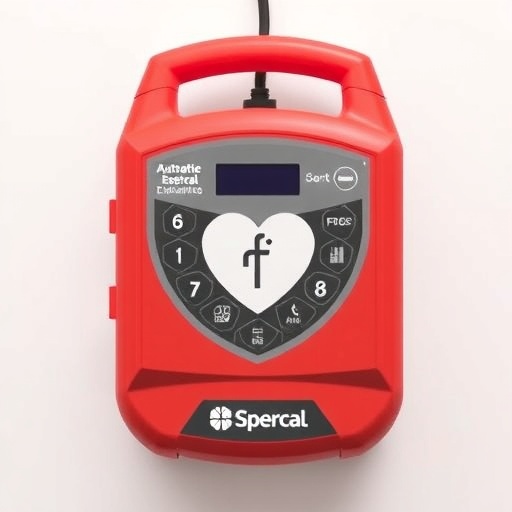A patient’s electronic health record may not capture the most accurate, up-to-date information about ophthalmic medications, a new study finds

Credit: Michigan Medicine/Manifest
When it comes to keeping track of prescribed medications between clinic visits, many patients rely on printed medication lists automatically generated from electronic health records (EHRs).
An examination of the EHRs of a cohort of ophthalmology patients revealed that one-third had at least one discrepancy between the medications discussed in the clinician’s notes and those on the medication list.
These findings raise concerns about patient safety and continuity of care.
The study, published in JAMA Ophthalmology, was conducted by investigators at the University of Michigan Kellogg Eye Center. The team examined medication-related information contained in the EHRs of patients treated for microbial keratitis between July 2015 and August.
“Corneal infection is an important disease condition to study ophthalmic medication lists because the medications change rapidly,” says cornea specialist Maria Woodward, M.S., M.D., assistant professor of ophthalmology and the study’s lead author.
Often, many medications are used, some requiring compounding, making telephone orders to specialty pharmacies common.
“Because of the multiple clinic visits and frequent medication changes,” Woodward says, “it is imperative to have strong verbal and written communication between providers and patients who are battling corneal infections.”
In a typical appointment, a provider verbally communicates medication instructions to the patient. At the same time, notes from that discussion are typed into an unstructured or “free text” section of the patient’s EHR by either the doctor, a technician or a medical scribe.
The patient then receives a medication list generated from the EHR as part of a printed after-visit summary.
“That summary should confirm how the provider intends medications to be used,” says Woodward, also a health services researcher at the U-M Institute for Healthcare Policy and Innovation.
The team found that one-third of patients had at least one medication mismatch in their records.
While this is the first study focused on ophthalmic medications, the results are consistent with studies of medications used in other medical specialties.
“This level of inconsistency is a red flag,” Woodward says. “Patients who rely on the after-visit summary may be at risk for avoidable medication errors that may affect their healing or experience medication toxicity.”
Identifying the root cause
The switch to the EHR has led to many improvements in patient care. But as this study shows, it’s not a perfect tool for the provider or the patient.
In a typical clinic visit, a prescription entered into the EHR triggers both an order to the patient’s pharmacy and an update to the medication list.
But several scenarios can result in mismatches between the clinical notes and the medication list.
“Issues arise when a medication is started by an outside provider and continued at the new hospital and when patients require compounded medications that must be telephoned in to a pharmacist in the evening,” Woodward says.
These scenarios expose a shortcoming of the EHR: Data about medications (and other information) is captured in multiple formats in multiple locations.
“The only way to ensure that the medication list is completely accurate is to double-document. The same information must be entered into the clinician’s note and the formal medication list — two separate places,” Woodward says.
“In a busy clinical setting, our top priority is communicating directly with the patient and answering their questions,” she says. “We’re focused on clarifying the treatment plan and addressing concerns, so duplicating note taking does not rise to our primary mission.”
To improve both the reliability of medication information patients depend on and the accuracy of data used for research, Woodward’s study team recommends that EHR developers create software solutions to ease the burden of clinical documentation and make it easier to reconcile medication names and dosages.
###
Media Contact
Shantell Kirkendoll
[email protected]
Original Source
https:/
Related Journal Article
http://dx.




